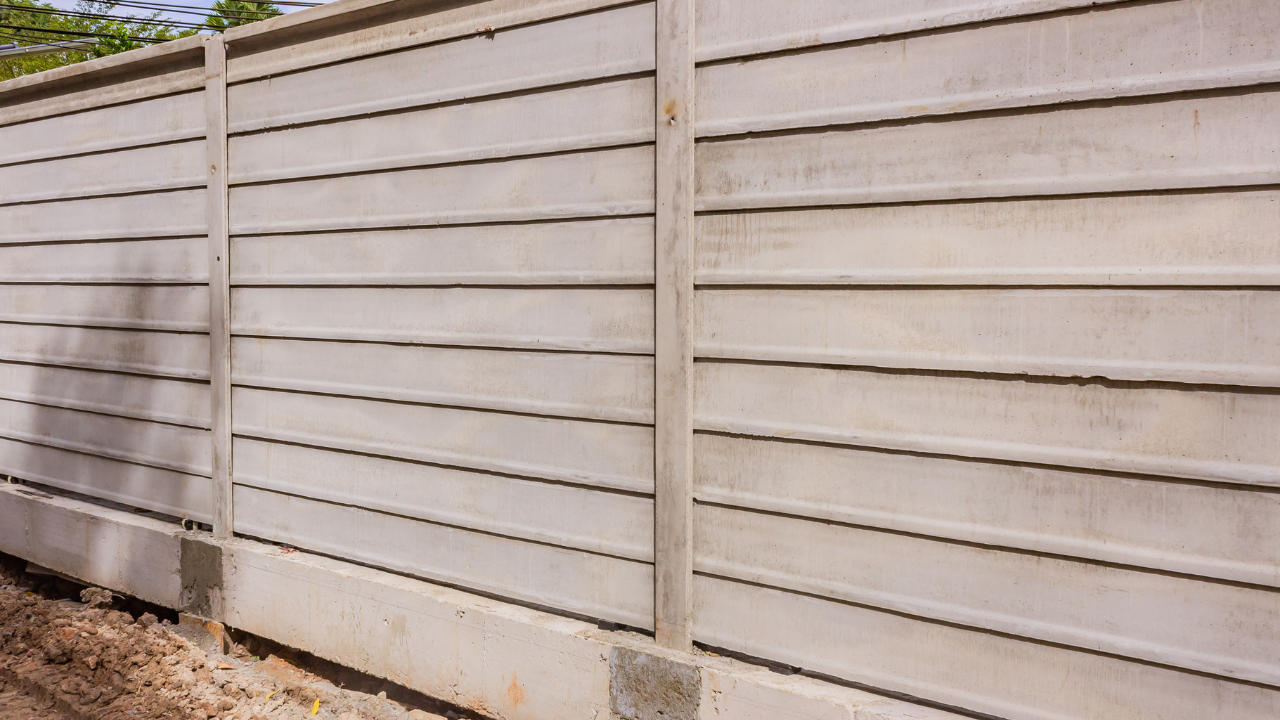
Dividing fence disputes
May 05, 2020Both the NSW Civil and Administrative Tribunal and the Land and Environment Court commonly hear matters regarding dividing fence disputes between neighbours. The applicable legislation which regulates this neighbourly relationship is the Dividing Fences Act 1991 (NSW) (“the Act”).
The main provisions of the legislation are:
- In deciding whether or not a fence is a “sufficient dividing fence”, the Court or Tribunal needs to consider a number of factors including the existing dividing fence, the purpose for which the properties are used, the privacy of adjoining owners, and the kind of dividing fence used in the local area (section 4).
- Adjoining owners are liable to contribute in equal proportions to the cost of a dividing fence “of a standard not greater than the standard for a sufficient dividing fence” (generally considered to be a timber paling fence) (section 7).
- A neighbour wishing to carry out boundary fencing work must serve a notice on the neighbour, specifying the boundary line, the type of fencing work proposed to be carried out, and the estimated cost of the fencing work (section 11).
- If the neighbours are unable to agree on the proposed fencing work, then they may attend a Community Justice Centre, or apply to the Local Court or the Civil and Administrative Tribunal for an order determining the manner in which the proposed fencing work is to be carried out (section 12).
We have set out below a summary of recent matters where the dividing fence was in dispute:
Nicholls v Fortmann [2020] NSWCATAP 52 (19 March 2020)
- Location – Central Coast of New South Wales
- Fence – 52 metres in length along the boundary between the properties. One part is steel post and chain wire, the remaining part is post and rail fence attached to chain link
- Claim – the claimant argued that the fence was not a “sufficient dividing fence” within the meaning of that term in the Act, and sought orders that the existing fence be replaced by a 1.2 metre high post and rail fence at a cost of $6,000, to be shared between the parties. The basis of the argument was that the “desired” character for the area included fences of a post and rail construction.
- Decision – the matter was dismissed.
- Reasons:
- The fence was a sufficient dividing fence within the meaning of the legislation – it was appropriate to restrict unauthorised access and for screening, and appeared to adequately meet those needs.
- Despite the fact that the existing fence does not comply with the relevant planning rules, the Tribunal noted that the local Council had examined the fence and decided, amongst other things, that the fence’s non-compliance was immaterial and decided against taking any action.
Machado v Zammit [2020] NSWLEC 1136 (18 March 2020)
- Location – North Epping
- Fence – a timber paling fence along the rear boundary of the claimant’s property, and a row of bamboo plants on the neighbour’s property, running the length of the fence. The subject fence has deteriorated and needs replacing.
- Claim – the claimant sought orders for the neighbours to remove the bamboo at their own cost, with the parties then to share the cost of replacing the boundary fence. She also sought an order that the neighbours maintain any new hedge so that it does not damage the new fence, including installation of a root barrier if bamboo
- Neighbour’s defence – the bamboo was planted for amenity and privacy, preventing overlooking from the neighbour’s upslope dwelling. The bamboo also minimises water run-off from the neighbour’s property onto their own.
- Held:
- The bamboo has displaced the fence, therefore orders can be made for repairing or replacing the fence, not just for any parts damaged by bamboo, but for its entire length along the common boundary (as per section 13A of the Act).
- The Court considered various options, such as whether a root barrier would be required – it noted that what matters is that the bamboo does not grow within a reasonable distance of the fence.
- The Court ordered for the parties to obtain quotes for a new fence, on the basis that all bamboo along the fence will be removed within 300mm of the boundary, and for the fence to be replaced with a timber paling fence with each party to pay 50% of the cost. The neighbours also must remove all bamboo within 300mm of the boundary, and control its growth by either ongoing maintenance or by installing a root barrier.
Minifie v Maxwell [2020] NSWCATAP 30 (2 March 2020)
- Location – suburban Sydney
- Fence – there was no fence. Rather, the boundary between the properties was a slope with a rock shelf.
- Claim – the claimant sought orders that a dividing fence be constructed, on the basis that the existing dividing fence was not a sufficient dividing fence. It was acknowledged by the parties that there was no dividing fence, but the argument related to the appropriate type, height and location of the fence.
- Held – a new solid hardwood paling fence would be constructed in accordance with the type, style and location specified by the Tribunal at first instance. The claimant subsequently constructed a fence of the type and style that she had initially sought – not the fence as ordered by the Tribunal. The neighbour sought orders that the fence be demolished. The Tribunal held that the claimant’s fence was not a sufficient dividing fence and ordered it to be demolished.
Contact the Shire Legal team if you have any questions.
Stay informed
Sign up to receive regular updates regarding changes to the law, Court decisions and other happenings of interest.

